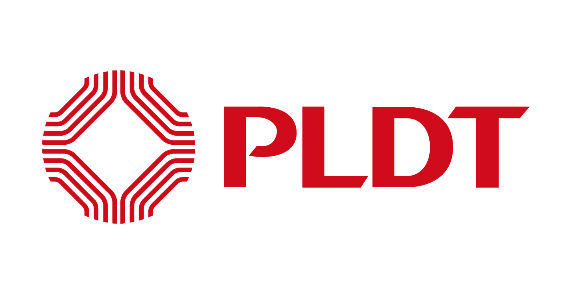In a short span of two years, or in 1930, the Philippines was first linked to the outside world via radiotelephone services to the United States and other parts of the world.
During World War II, however, the telephone services were interrupted, with communication infrastructure in ruin.
With massive U.S. aid to the Philippines in the 1940s and 1950s, PLDT recovered so quickly that its telephone subscribers outpaced that of pre-war levels by 1953.
On December 20, 1967, a group of Filipino entrepreneurs and businessmen led by Ramon Cojuangco took control over PLDT after buying its shares from the American telecommunications company GTE.
One of the first steps taken by the Filipino management was to enlarge the scope and accelerate the pace of PLDT’s expansion and modernization program, which included a nationwide rural telecommunications development program in support of government initiatives designed to establish modern telephone systems in the countryside.
During the 1970s, PLDT was nationalized by the government of then President Ferdinand Marcos. In 1981, in furtherance of the then existing policy of the Philippine government to integrate the Philippine telecommunications industry, the company purchased all of the assets and liabilities of Republic Telephone Company, becoming the country’s telephone monopoly.
However, after President Ferdinand E. Marcos was overthrown in the 1986 EDSA People Power Revolution, the company was reprivatized.





